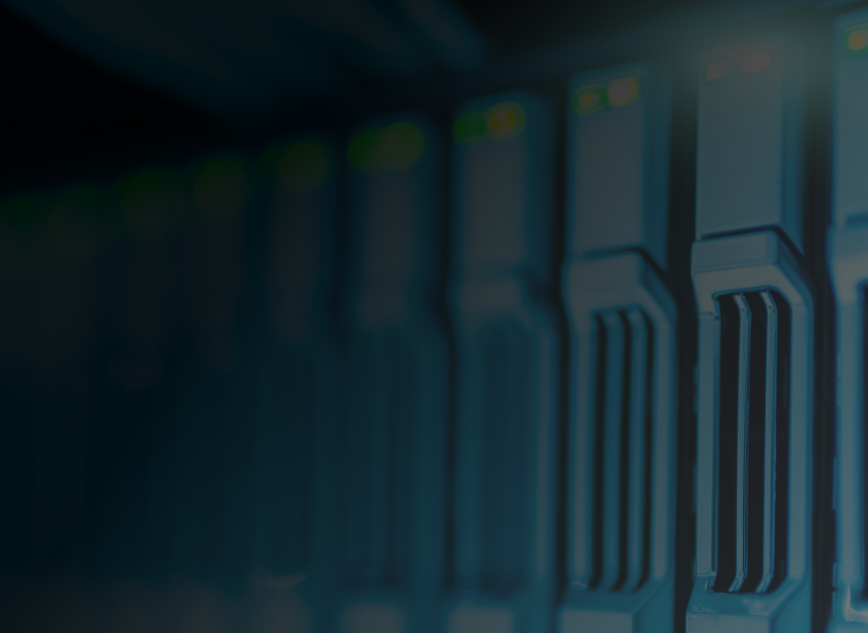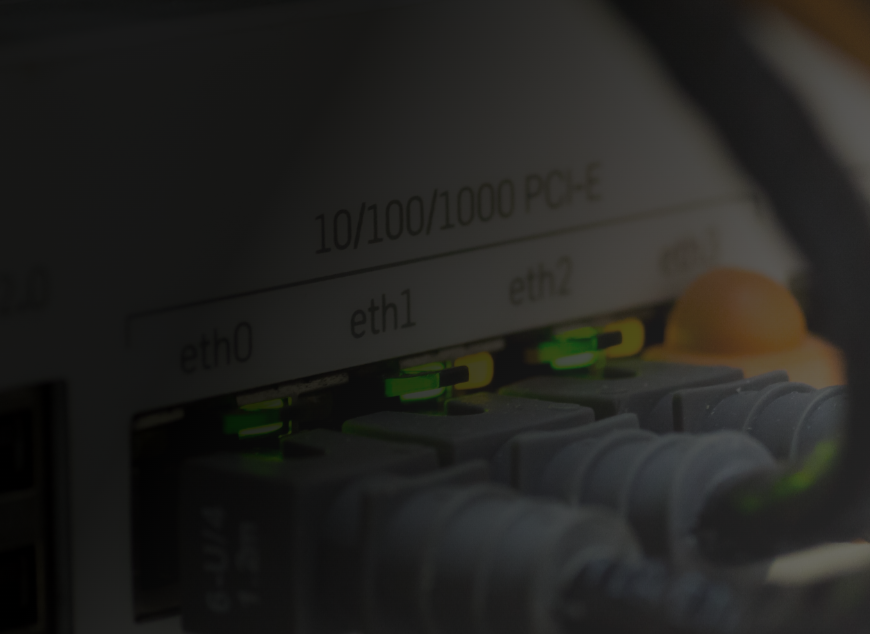
As cloud adoption accelerates, security remains a top priority for organizations worldwide. The benefits of cloud computing—scalability, flexibility, and cost efficiency—are undeniable, but they come with a growing set of security challenges. Traditional security frameworks, designed for on-premises environments, are proving inadequate in addressing the unique risks posed by cloud infrastructure. As a result, cyber threats targeting cloud environments have surged, with misconfigurations, API vulnerabilities, and ransomware attacks emerging as primary concerns.
The scale of the problem is reflected in recent industry reports. Gartner predicts that by 2025, 99% of cloud security failures will be the customer’s fault, primarily due to misconfigurations and weak security policies. This underscores the critical need for organizations to adopt robust cloud security best practices and invest in better configuration management. Similarly, Forrester reports a 30% rise in cloud breaches over the past two years, emphasizing the urgency of deploying advanced security solutions. These breaches often stem from a lack of visibility, poor identity access management, and insufficient monitoring.
Engro Technologies, in collaboration with Check Point, are at the forefront of delivering advanced cybersecurity solutions that empower businesses to stay ahead of modern threats. With a strong focus on cloud security, endpoint protection, and AI-driven threat intelligence, Engro Technologies ensures that organizations can seamlessly transition to cloud environments without compromising security.
Through this strategic partnership, businesses gain access to Check Point’s cutting-edge security frameworks, including CloudGuard, Harmony Endpoint Protection, and Quantum Security Gateways. These solutions provide a multi-layered defense against cyber threats, ensuring compliance, data integrity, and operational efficiency.
By combining Engro Technologies’ expertise in digital transformation with Check Point’s industry-leading cybersecurity innovations, organizations can build a resilient, future-proof security strategy that safeguards their digital assets across cloud, on-prem, and hybrid environments. Whether mitigating evolving threats or ensuring compliance with global security standards, Engro Technologies and Check Point are trusted partners in securing the modern enterprise.
1. AI and Machine Learning in Cloud Security
AI is transforming cloud security by revolutionizing threat detection and response. Traditional security tools often fall short in keeping pace with evolving cyber threats, leaving vulnerabilities exposed. AI-driven security solutions bridge this gap by offering real-time monitoring, predictive analytics, and automated threat mitigation. These intelligent systems analyze vast amounts of data, identifying patterns and anomalies that indicate potential risks. By continuously learning from new threats, AI enhances cloud security, reducing response times and minimizing breaches. With AI-powered security, organizations can proactively safeguard their cloud environments, ensuring stronger protection against cyberattacks in an increasingly complex digital landscape.
Key Developments:
Generative AI is transforming cloud security solutions by automating threat detection and mitigation, reducing reliance on human intervention. AI-driven security workflows enhance efficiency and response times, making cybersecurity more proactive. Cloud-Native Application Protection Platforms (CNAPPs) now leverage AI to secure applications running in cloud environments, ensuring robust protection against evolving threats. For instance, Check Point’s GenAI Security utilizes AI to detect and respond to cyber threats in real time, demonstrating how advanced automation is reshaping cloud security.
2. Zero Trust Architecture Becomes the Standard
Zero Trust has become a fundamental pillar of cloud security, replacing traditional perimeter-based defenses with a “never trust, always verify” approach. Instead of assuming trust within a network, Zero Trust continuously verifies users and devices before granting access. This model enforces strict authentication, least privilege access, and real-time monitoring to minimize security risks. By requiring ongoing validation, it reduces vulnerabilities from insider threats, compromised accounts, and lateral movement within networks. As organizations shift to cloud environments, Zero Trust ensures stronger protection, securing sensitive data and applications against evolving cyber threats while enabling secure remote work and digital transformation.
Implementation Challenges and Benefits: Deploying cloud security solutions comes with challenges, including complex deployment processes and the integration of legacy systems, which can be time-consuming and resource intensive. However, the benefits far outweigh the difficulties, as cloud security best practices enhance identity and access control while significantly reducing the attack surface. A notable example is Google’s BeyondCorp implementation, which successfully transitioned to a Zero Trust model, eliminating traditional perimeter-based security and setting a precedent for other organizations to follow. This case study highlights the effectiveness of Zero Trust in securing enterprise environments against evolving cyber threats.
3. Rise of Cloud-Native Security Solutions
As organizations shift to cloud‑native security architectures, traditional security models no longer suffice. Cloud security must be embedded at every stage—from development to deployment—to protect dynamic, distributed environments. Unlike legacy systems, cloud-native applications rely on microservices, containers, and serverless computing, requiring security to be proactive, automated, and scalable. Integrating security into CI/CD pipelines ensures vulnerabilities are addressed early, while zero-trust models and identity-based access controls enhance protection. Continuous monitoring, threat detection, and compliance automation further strengthen defenses. A holistic, layered security approach is essential to safeguarding cloud-native applications against evolving cyber threats in today’s digital landscape.
Key Focus Areas:
Securing serverless computing, containers, and Kubernetes requires robust cloud-native security solutions to mitigate evolving threats. Organizations are increasingly adopting Cloud-Native Application Protection Platforms (CNAPPs) to ensure comprehensive security across their cloud environments. CNAPPs provide integrated protection by combining workload security, compliance management, and threat detection. For example, CloudGuard CNAPP by Check Point delivers end-to-end security for cloud-native applications, offering real-time threat prevention, automated compliance enforcement, and visibility across multi-cloud environments. By leveraging CNAPPs, businesses can enhance their security posture and safeguard their cloud workloads against emerging cyber risks.
4. The Growing Threat of Ransomware-as-a-Service (RaaS)
Cybercriminals are exploiting Ransomware-as-a-Service (RaaS) to attack cloud workloads, making ransomware more accessible and dangerous. RaaS allows cybercriminals to sell or lease ransomware kits to affiliates, enabling even low-skilled hackers to launch sophisticated attacks. This model increases the frequency, scale, and complexity of ransomware incidents, targeting businesses and cloud environments with precision. As a result, organizations face heightened risks of data breaches, operational disruptions, and financial losses. The evolving RaaS ecosystem empowers attackers with advanced tools, making it crucial for businesses to strengthen their cybersecurity measures, implement robust backup strategies, and stay ahead of emerging ransomware threats.
Prevntion Strategies:
Immutable backups ensure that critical data remains safe from unauthorized modifications, providing a robust defense against ransomware and cyber threats. Leveraging AI-driven threat intelligence allows organizations to anticipate attacks, identify vulnerabilities, and respond proactively to emerging risks. The Colonial Pipeline attack highlighted significant weaknesses in cloud security for enterprises, emphasizing the urgent need for businesses to adopt advanced protective measures. According to the Check Point Cyber Security Report, this incident underscored the importance of proactive defenses, reinforcing the necessity of immutable backups and AI-powered threat intelligence in securing cloud environments.
5. Security for Multi-Cloud and Hybrid Cloud Environments
Enterprises are rapidly adopting multi-cloud and hybrid-cloud strategies to improve flexibility, scalability, and operational efficiency. However, securing these complex environments presents significant challenges. The absence of uniform security policies across different cloud platforms leads to inconsistencies, increasing vulnerability to cyber threats. Organizations must navigate diverse security frameworks, compliance requirements, and access controls, making risk management more difficult. A fragmented security approach can result in misconfigurations, data breaches, and unauthorized access. To mitigate these risks, businesses need a unified security strategy that ensures consistent policies, proactive threat detection, and seamless integration across all cloud environments, enhancing overall resilience.
Key Challenges:
Inconsistent security policies across different cloud providers and a lack of visibility into security threats pose significant challenges for organizations operating in multi-cloud environments. Cloud Security Posture Management (CSPM) offers a solution by continuously monitoring cloud configurations to ensure security compliance and mitigate risks. By automating security assessments and enforcing best practices, CSPM enhances visibility and helps organizations maintain a robust security posture. For example, Check Point Harmony Cloud Security provides comprehensive security and compliance management for multi-cloud environments, ensuring that businesses can detect vulnerabilities and address misconfigurations effectively.
6. Regulatory Compliance and Data Privacy Challenges
With the rise of stringent data privacy laws like GDPR and CCPA, cloud security teams face increasing challenges in maintaining compliance. Organizations must implement robust security frameworks that align with evolving regulatory mandates to safeguard sensitive data. Adopting proactive measures, such as encryption, access controls, and continuous monitoring, helps mitigate risks and ensure compliance. Businesses should also stay updated on regulatory changes and integrate privacy-by-design principles into their cloud infrastructure. By prioritizing compliance-driven security strategies, organizations can protect user data, avoid hefty fines, and build trust with customers while navigating the complex landscape of modern data protection regulations.
Key Considerations:
As businesses prepare for 2025 regulations, adopting Security-as-Code is essential for automating compliance through Infrastructure-as-Code (IaC). By embedding security policies directly into code, organizations can ensure consistent enforcement of security standards, streamline audits, and reduce human error. This proactive approach enables businesses to align with emerging security frameworks while maintaining agility in cloud deployments. Leveraging cloud security compliance best practices, companies can stay ahead of regulatory changes and enhance overall security posture.
7. The Future of Secure Access Service Edge (SASE) in Cloud Security
Secure Access Service Edge (SASE) is revolutionizing cloud security by merging SD-WAN and Zero Trust principles into a single, cohesive framework. This approach streamlines networking and security, reducing the complexities of managing cloud environments. By integrating advanced security functions like firewall-as-a-service (FWaaS), secure web gateways (SWG), and cloud access security brokers (CASB), SASE ensures seamless protection across distributed networks. It enhances performance, minimizes risks, and simplifies IT operations by delivering security at the network edge. As organizations embrace digital transformation, SASE provides a scalable, cost-effective solution that strengthens security while optimizing cloud and remote access connectivity.
Benefits:
Secure Access Service Edge (SASE) simplifies IT infrastructure by integrating networking and security into a unified framework, reducing complexity while enhancing protection for remote users and branch offices. As organizations increasingly prioritize streamlined security solutions, SASE adoption is projected to grow by 35% in 2025, driven by the demand for a more cohesive and scalable security approach.
Conclusion
Traditional security models are no longer sufficient for cloud-native environments, as they rely on perimeter-based defenses that fail to address the dynamic and distributed nature of the cloud. In 2025, organizations must embrace adaptive, AI-driven, and cloud-native security approaches to combat emerging threats effectively.
The shift to cloud‑native security infrastructures introduces complexities such as containerized applications, serverless computing, and multi-cloud deployments. These elements demand security solutions that can scale seamlessly, detect anomalies in real-time, and automate threat responses. AI-powered security tools enhance visibility and threat intelligence, enabling organizations to predict and prevent attacks before they cause harm.
Zero Trust principles play a crucial role in securing modern cloud environments by enforcing continuous verification and least-privilege access. Traditional security architectures, which assume a trusted network boundary, are ineffective in a world where users, applications, and data are constantly moving across cloud ecosystems.
To stay ahead of cyber threats, businesses must invest in advanced security solutions that integrate AI, Zero Trust, and automation. Future-proofing cloud environments requires a proactive approach—one that anticipates evolving threats rather than merely reacting to breaches. By adopting cutting-edge security strategies, organizations can safeguard their cloud infrastructures and ensure resilience against the challenges of tomorrow.



